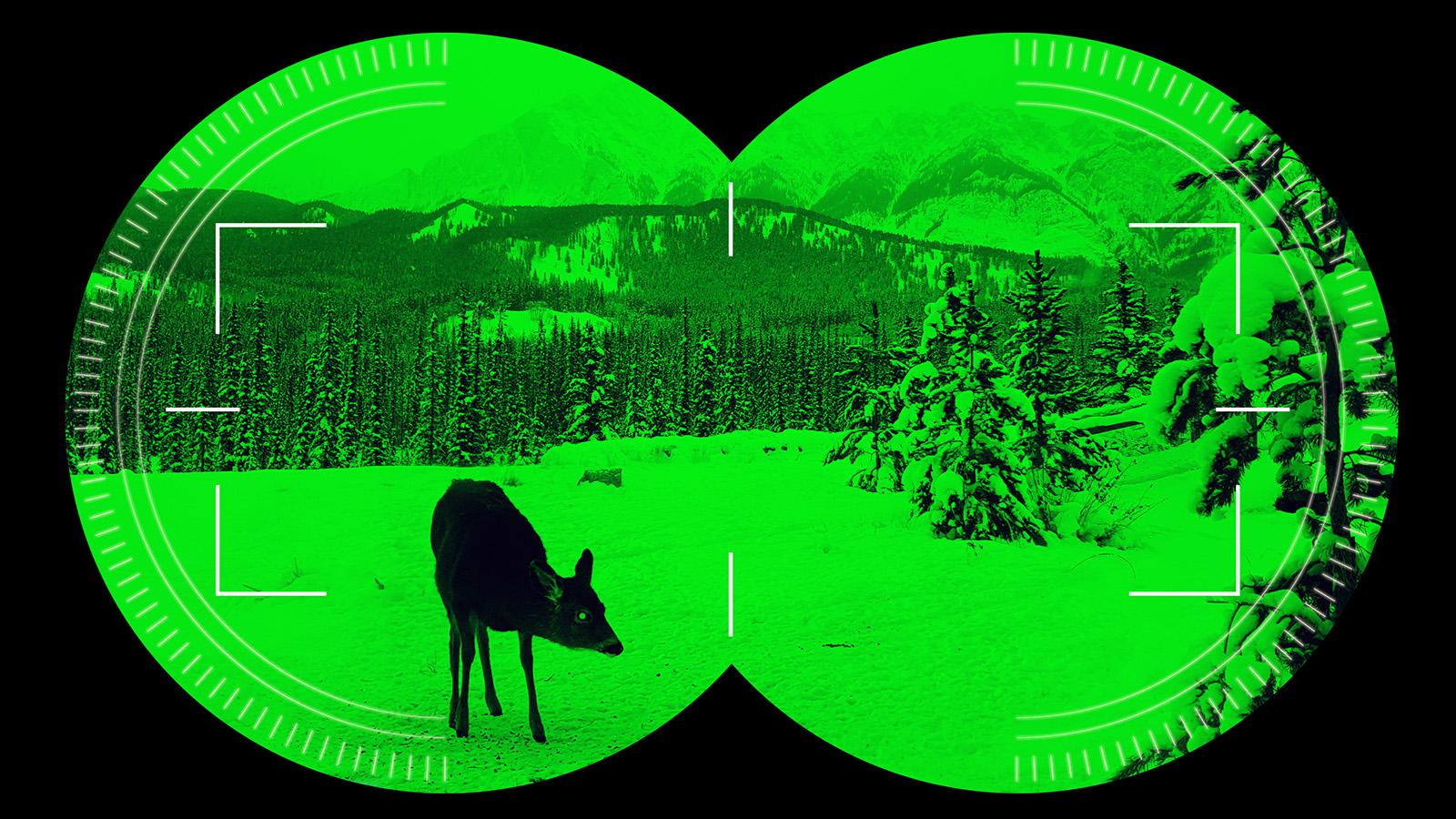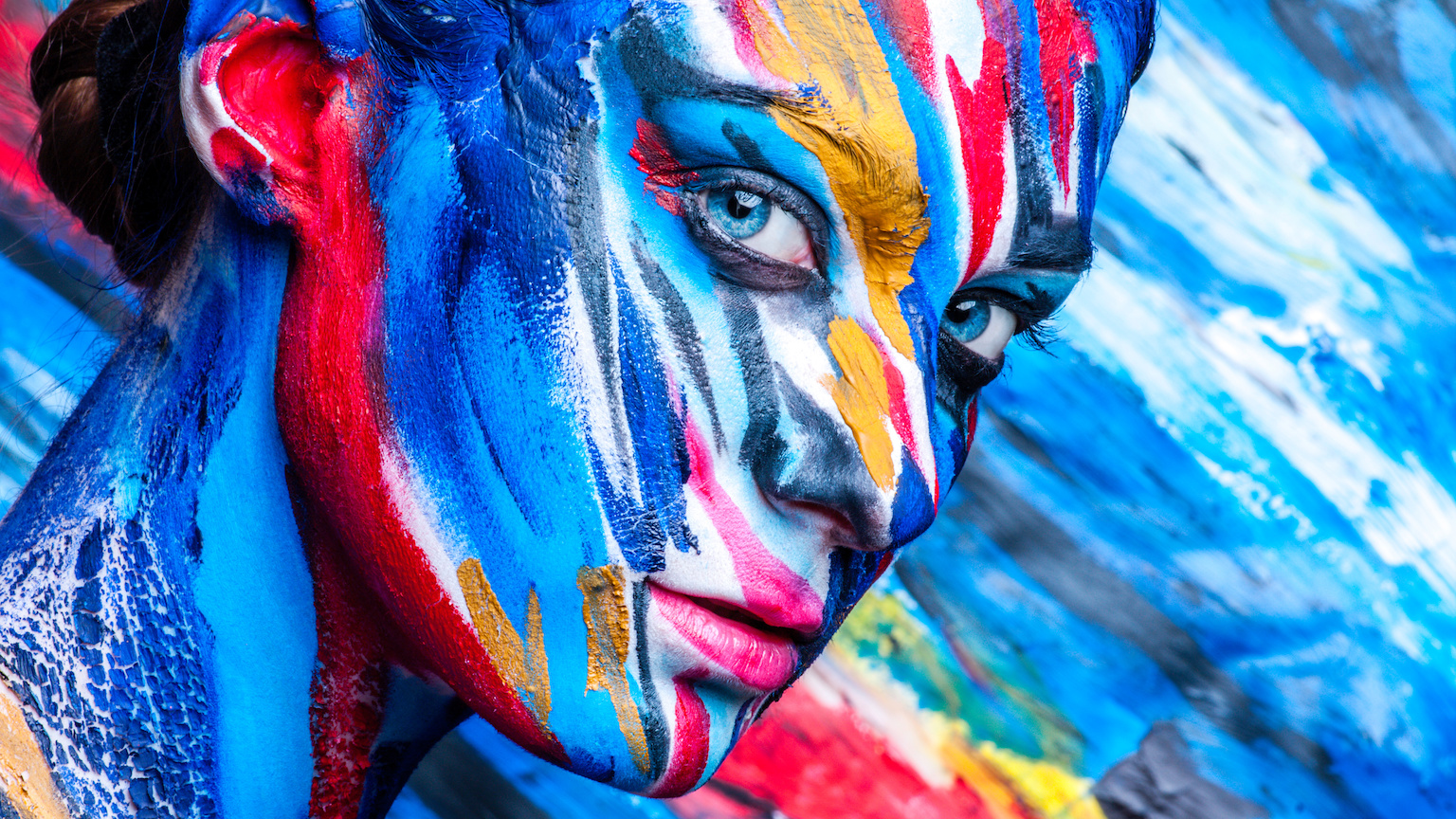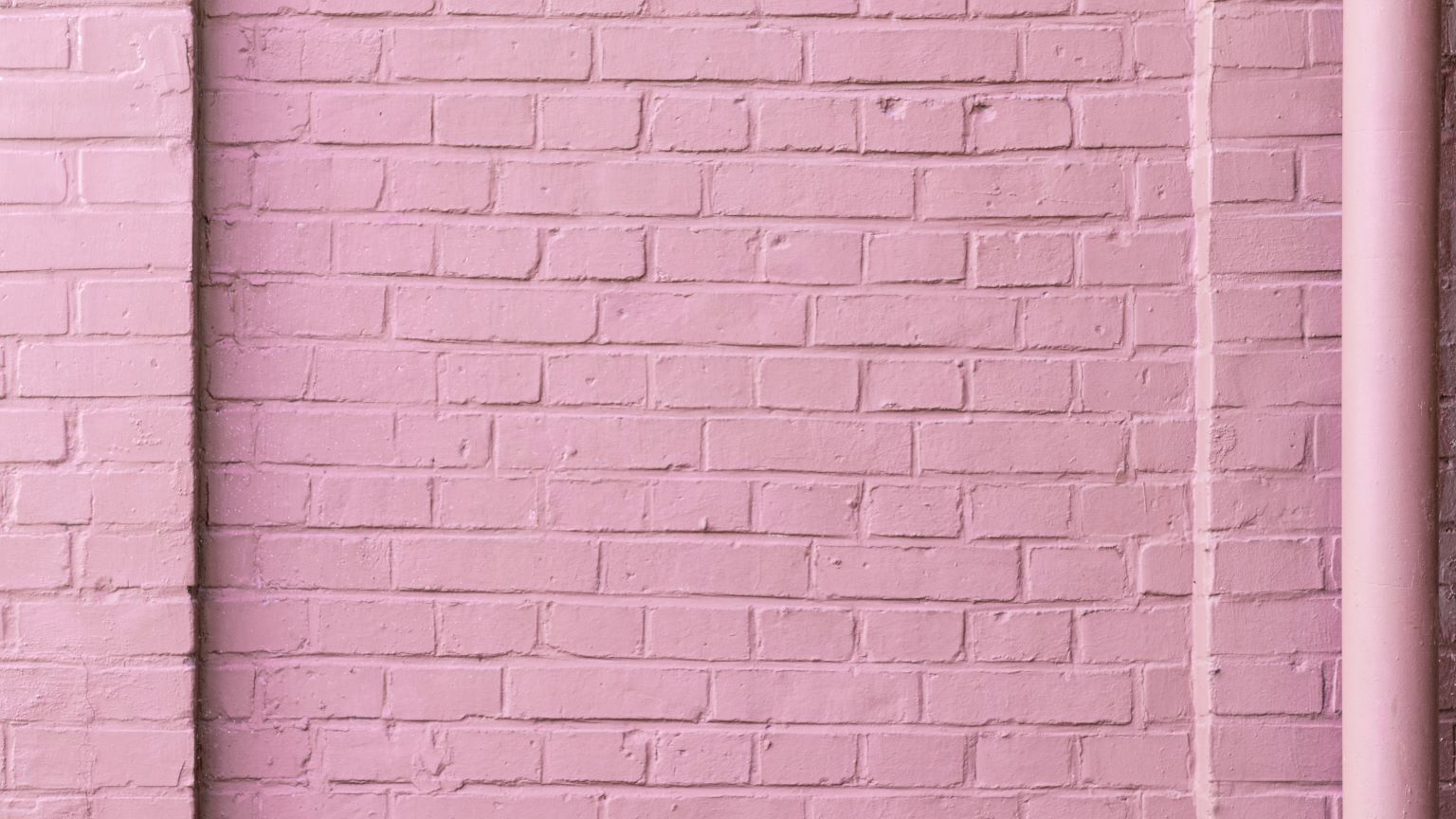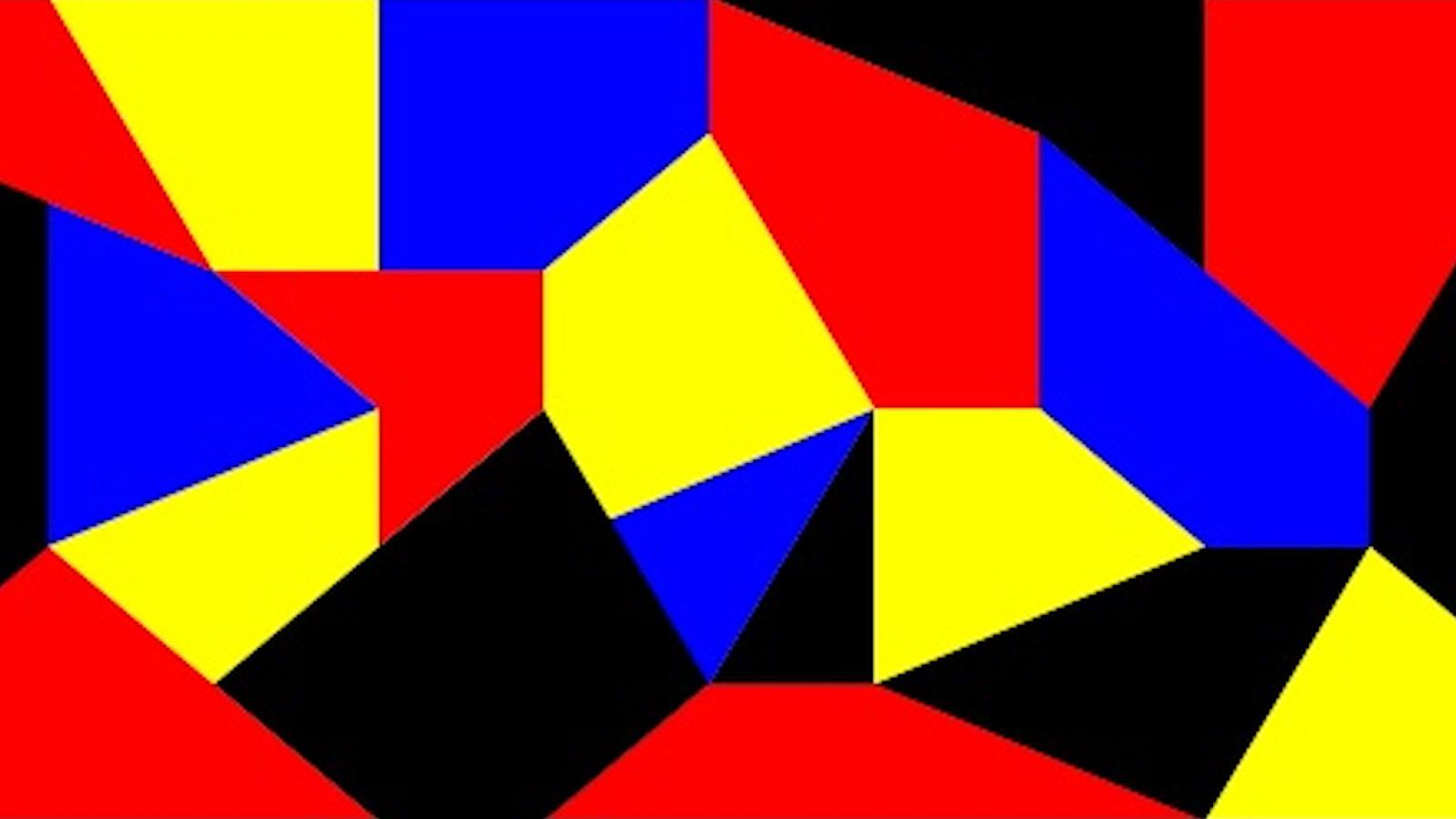What does your favorite color say about you? Nothing. It’s like astrology
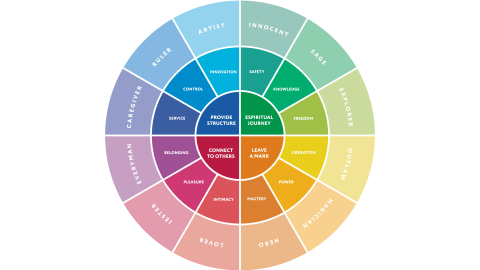
Image via moibalkon on Shutterstock
- Color psychology is a field that studies the impact that colors have on our emotions and behavior.
- Some have taken it a step further to predict a person’s personality traits based on their color preferences.
- The latter is pseudoscience, akin to consulting a horoscope.
Color psychology is the field that examines the impact colors have on our thoughts, emotions, and behaviors in everyday life.
It’s extremely likely that you have purchased something in a store or chosen one product over another due to what brands call “color marketing” — that is, using color to influence what you buy. Companies that want to be associated with dependability (Dell, HP, IBM) often use the color blue. Companies that want to be known for being exciting and fun (Fanta, Amazon, Nickelodeon) use a splash or orange.
But is there something deeper to color psychology? For instance, how much can we tell about a person from their favorite color? What can we learn about your personality from how you paint your bedroom? Probably not much.
Color psychology studies
Various studies and experiments across multiple years (2010, 2014, 2015, and 2019) have given us more insight into color personality based on color psychology. Here are four things we know.
Color correlations. Most studies into color psychology deal in correlations, which is to say “people who like color X more often than not do Y.” For instance, Fetterman et al. showed “a systematic link between a preference for, and a bias to see, the color red and individual differences in interpersonal hostility.” This means that out of 376 students in North Dakota, those who like red tend to be more hostile. Likewise, one study conducted on 104 young Serbian students suggested a correlation between “social introversion and neuroticism/anxiety” and preference for dark colors, with “aggression and activity” associated with those who like lighter colors.
Behavioral nudges. More convincing and large-scale than personality studies are ones that focus on consumer behavior. The British Medical Journal, for instance, found that “[r]ed, yellow, and orange drug formulations are perceived as stimulant and blue and green as tranquillizing,” and that “[r]ed and black were perceived as strong and white as weak.” In another study, Nie et al. showed that “[w]hen shown a blue background, people showed more willingness to donate to the charity than when shown the red background” — implying that “blue boosted altruism compared to red.” Given the obvious profitability, marketers and behavioral psychologists will often do surveys and studies into how colors affect our spending habits (and how they might be changing).
Environment and mood. Feng shui is the ancient Chinese art of creating an environment that makes its users feel comfortable. It’s about changing an environment to create a certain mood and to “fit” the function of that room. There’s a lot of pseudoscience or unsupported claims when discussing feng shui, but there are also several provable aspects. For instance, a team from Melbourne showed that “students who glanced at a greener vista made significantly less errors and demonstrated superior concentration… compared to those who viewed a concrete roof.” Similarly, one study from 2017 showed that “sleep onset time was most significantly shortened in preferred color light stimulation,” which is to say we go to sleep faster in rooms we think look nice.
Companies use colors for certain things. Companies know all too well that we will associate certain colors with certain things, and they will play to those. You may notice that a lot of brands use reds and oranges for their “call to action” buttons (“Order now,” “Shop now,” etc.), and that’s because these do catch the eye. Health and wellness companies will favor green palettes because of their association with nature. Toy companies and women’s products will use pink because it’s often thought feminine, playful, or immature. Do some field research by looking at what colors the different brands in your local grocery store use. Ask yourself why you think they chose a particular color or combination. You know that someone, somewhere has been paid a lot of money to choose that particular shade.
Major problems with color psychology
The big issue with “color psychology” is that there is very little that can be said about causality. All the studies listed above can only highlight certain correlations, and we are left to hypothesize about reasons for them. We cannot prove that “color preference” causes X or Y. As Fetterman (above) admits, “We focused on personality-related relationships, which are necessarily correlational in nature. Nonetheless, it may be useful to offer speculations concerning possible causal directions.” Speculations and possibilities are nice, but there are two major problems.
First, you can never isolate the causal factor at play in color psychology. When we are dealing with personality, there are simply too many “confounding factors” or unknown variables. Does a preference for red cause hostility, or is there (quite likely) some third or fourth factor which causes both? Is “staring at a green vista” the causal factor at play, or is it the fact the “vista” is made up of trees and plants
Second, how we perceive or associate colors will vary massively from culture to culture. In Western cultures, red can be excitement, danger, passion, and Santa (who embodies the previous three). In China, red is used in celebrations for its association with luck and happiness. In India, orange is a sacred color; in Egypt, it’s the color of mourning. For you, blue might evoke the seas and oceans, but for a Catholic Columbian, it might mean the Virgin Mary. Even within a culture, color association changes. For instance, in the U.S., it used to be that pink was a boys’ color and blue was a girls’. Around the 1940s, it flipped.
Beware pseudoscience, in all its hues
Color psychology is no easy thing to make a “science” of. A study of 100 Serbian students tells us more about color associations among young Serbians than it ever could about human psychology. If someone tells you that your preference for red means you’re a “thrill seeker” or that by liking purple you’re “quirky,” they are, at best, exaggerating correlations of associations across narrow sample sizes. In its worst manifestation, color psychology is no better than a horoscope.
This doesn’t mean that color psychology is useless. As we have seen, we each do have certain and strong associations in how we perceive color. Christmas movies always will be a garish explosion of red and white. Western weddings most likely will feature white dresses and decorations. Funerals are most often black. But, as with all good science, we must be careful not to go beyond the data. We should never jump to conclusions based on what we think we see or what we want to be true. Websites that offer to teach “what your favorite color says about you” are peddling pseudoscience.
This article was originally published on Big Think in April 2020. It was updated in September 2022.
